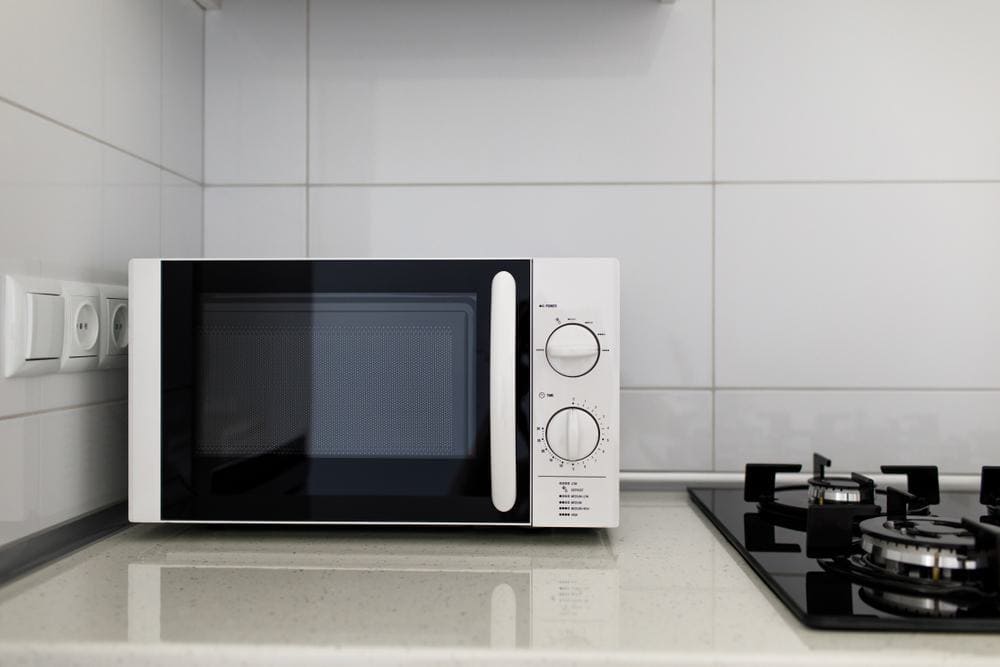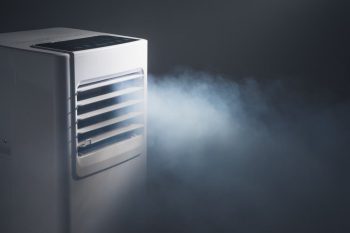
Installing a microwave vent to the outside is a task that can greatly improve the air quality in your kitchen. It allows for the efficient removal of cooking fumes, smoke, and odors, ensuring a healthier and more pleasant cooking environment. This article will provide a comprehensive guide to installing a microwave vent to the outside, explaining each step in detail and providing useful tips to help you successfully complete this project.
Installing a microwave vent to the outside involves planning the vent route, gathering necessary tools and materials, cutting and fitting the ductwork, attaching and sealing the vent, and testing the ventilation system. It’s important to follow safety guidelines and regulations during the process, and consult a professional if you encounter any issues. This not only improves air quality in your kitchen but also enhances the efficiency of your microwave.
Why Vent Your Microwave Outside?
There are several benefits to venting your microwave outside. It helps maintain good air quality in your home by efficiently removing contaminants from your kitchen air. It also reduces indoor air pollution, making your home healthier and more comfortable. For homes with gas ranges, vented microwaves or range hoods are especially beneficial as they can more effectively remove smoke and fumes generated during cooking.
Planning the Vent Route
Before you start the installation process, you need to plan the vent route. Microwaves can be vented either through the top, back, or recirculated into the room. The best option for your kitchen depends on your layout and ventilation needs. Use a mounting template provided with your microwave to mark the correct locations for vent holes and mounting brackets on the wall or cabinet.
Gathering Necessary Tools and Materials
For this project, you will need a variety of tools and materials. These include a screwdriver set, hammer, tape measure, level, pliers, wrenches, cordless drill, drill bits, safety equipment (goggles, gloves, steel-toed boots), a shovel, broom, mallet, stud finder, chisels, wood scribe, putty knife, and fasteners. You will also need ductwork, duct tape, a transition piece, and a vent hood.
Cutting and Fitting the Ductwork
Once you have gathered your tools and materials, the next step is to cut and fit the ductwork. Measure the dimensions of the microwave’s exhaust vent and the ductwork or hood above it. Use a jigsaw to cut the ductwork to the appropriate size. Attach the transition piece to the microwave and secure it with screws or clamps. Connect the ductwork to the transition piece and seal any gaps with duct tape or sealant.
Attaching and Sealing the Vent
After the ductwork is in place, you can attach and seal the microwave vent. Rotate the microwave’s fan motor so that it blows upward, directing the exhaust up and out of the microwave. Connect the microwave to the ductwork using the transition piece. Secure the microwave to the wall or cabinet using the provided brackets and screws. Apply sealant around the vent duct connections to prevent air leaks. Attach the vent cover to the exterior wall and seal any gaps with caulk or duct tape.
Testing the Ventilation System
Once the installation is complete, it’s important to test the ventilation system to ensure it’s working properly. Turn on the microwave’s exhaust fan and check for proper airflow and venting. If the system is not functioning as expected, make any necessary adjustments.
Safety Measures and Possible Issues
Safety is paramount during the installation process. Always follow safety guidelines and regulations when installing or modifying any electrical appliance. Ensure your microwave oven is properly grounded to reduce the risk of electric shock. Regularly clean the microwave to prevent any fire hazards.
During the installation process, you might encounter issues like incompatible hardware, error codes, or software compatibility. If you encounter any of these issues, consult a professional contractor or electrician for assistance.
Conclusion
Installing a microwave vent to the outside might seem like a daunting task, but with proper planning and the right tools, it’s a project that can be completed successfully. Not only will it improve the air quality in your kitchen, but it will also add to the overall efficiency and functionality of your microwave. Just remember to follow all safety guidelines and consult a professional if you’re unsure about any step in the process.
For more detailed information and step-by-step guides on home improvement projects, check out our other articles here. Remember, a well-ventilated kitchen is a healthier kitchen!
Frequently Asked Questions
Can I install a microwave vent on my own, or do I need a professional?
Yes, you can install a microwave vent on your own. However, it’s important to have proper knowledge about the process and to follow all safety guidelines. If you’re not comfortable doing it yourself or if you encounter any issues during the installation, it’s best to consult a professional.
What type of ductwork is best for venting a microwave to the outside?
The best type of ductwork for venting a microwave to the outside is rigid metal ductwork. It’s more durable and less likely to be damaged compared to flexible ductwork. It also provides better airflow.
How often should I clean the vent duct?
The frequency of cleaning your vent duct depends on how often you cook and the types of food you prepare. However, a good rule of thumb is to clean it at least once every 6 to 12 months to ensure optimal performance and prevent any potential fire hazards.
Do all microwaves have the ability to vent to the outside?
Not all microwaves have the ability to vent to the outside. Most over-the-range microwaves come with the option to vent to the outside, but some models may only have a recirculating vent. Always check the product specifications before purchasing.
What if there is no existing ductwork in my kitchen?
If there’s no existing ductwork in your kitchen, you’ll need to create a new duct route to the outside. This may involve cutting through walls, ceilings, or cabinets, and installing new ductwork. This process can be complex and may require the help of a professional.












